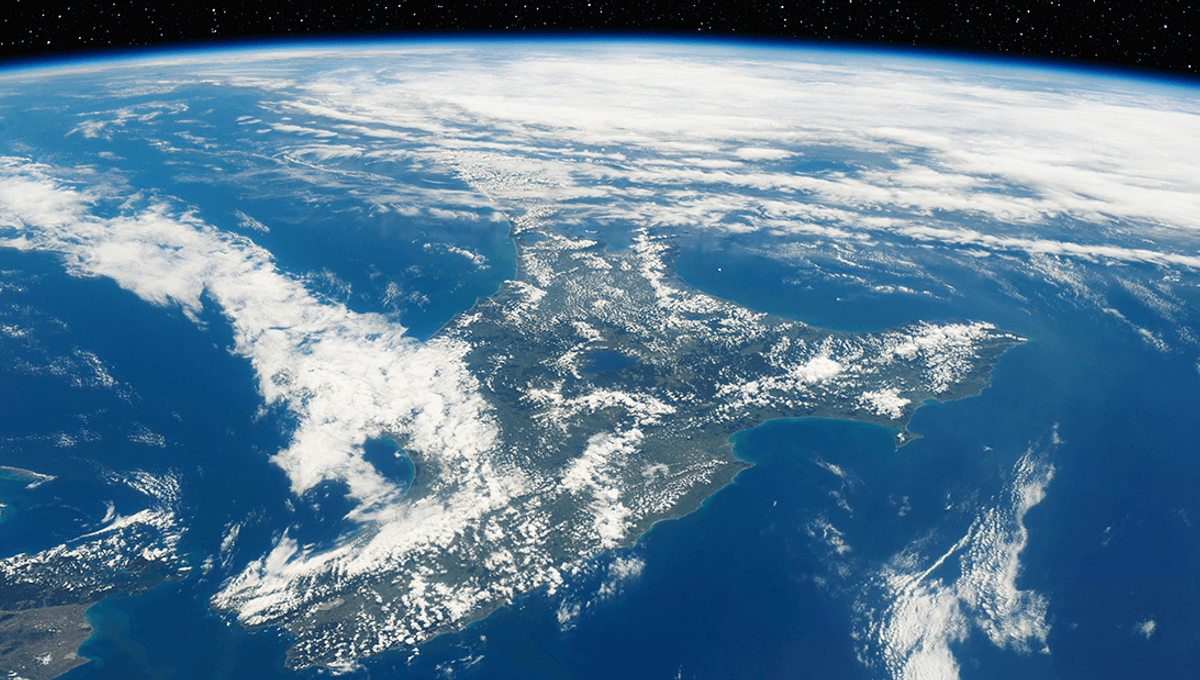
Around 23 million years ago, the eighth continent of the world became almost entirely submerged underwater, 60 million years after separating from the supercontinent Gondwana.
Geologists have known for some time that the makeup of New Zealand and New Caledonia had similar geology. After years of exploration and research, geologists realized they shared a lot more than that, sitting as they were on the same submerged landmass. While we generally think of continents as having heaps of landmass (Asia, Europe, I could add five more), in 2017 a team of geologists argued that the mass of continental crust they termed “Zealandia” was best described geologically as its own continent.
The majority of Zealandia’s crust, approximately 94 percent, is submerged beneath the ocean, with the notable exception of New Zealand, New Caledonia, and a number of other small islands. There’s a lot we don’t know about the lost continent but we know that the crust is thinner than the crust of most continents, though thicker than the oceanic crust. We also know that it formed during the breakup of Gondwana, as the crust thinned and stretched.
However, we aren’t entirely sure what caused this thinning process, which is what a new team attempted to investigate, analyzing samples dredged from Zealandia to map and model the continent, as well as investigating magnetic anomalies.
“We believe Zealandia is the first of Earth’s continents to have its basement, sedimentary basins, and volcanic rocks fully mapped out to the continent-ocean boundary,” the team explained in their paper.
According to the researchers, extensive thinning of the crust, ending in the continent’s eventual sinking, took place from 100 to 80 million years ago, likely as it was stretched in varied directions.
Now mostly submerged, there is evidence – in the form of spores of pollen from land plants and shells of shallow-water animals, now found deep beneath the ocean – that Zealandia was once host to a wide variety of plants and animals.
Of course, animal and plant species survived the breakup of Gondwana, with that mega-continent becoming South America, Africa, Arabia, Madagascar, India, Australia, and Antarctica. Now that we know Zealandia was created in the breakup, it explains a lot.
“Big geographic changes across northern Zealandia, which is about the same size as India, have implications for understanding questions such as how plants and animals dispersed and evolved in the South Pacific,” Rupert Sutherland, co-author of the 2017 study that first described Zealandia as a continent said in a statement at the time. “The discovery of past land and shallow seas now provides an explanation. There were pathways for animals and plants to move along.”
The study is published in Tectonics.
Source Link: Zealandia's Secrets Revealed: Scientists Retrieve Samples From The Lost Continent